During the semester, it is easy to meet students from various countries including China, Japan, and the United States (US). It is a familiar sight for people who live in 2017, but the appearance of foreigners walking along the street in the early 1900s, not long after the opening of the port, would have been unfamiliar to people at that time. Incheon, a port city, was there at the beginning. In the past, Incheon was a place where China and many western countries regarded as a starting point of exchanges in Korea. The Sungkyun Times (SKT), therefore, now introduces the traces of foreigners in Incheon and helps Kingos enjoy the changing appearance of modern Korea.
Starting from Incheon Station: The Last Station of Subway Line Number 1 and Suin Line
China - China Town and Jjajangmyeon Museum
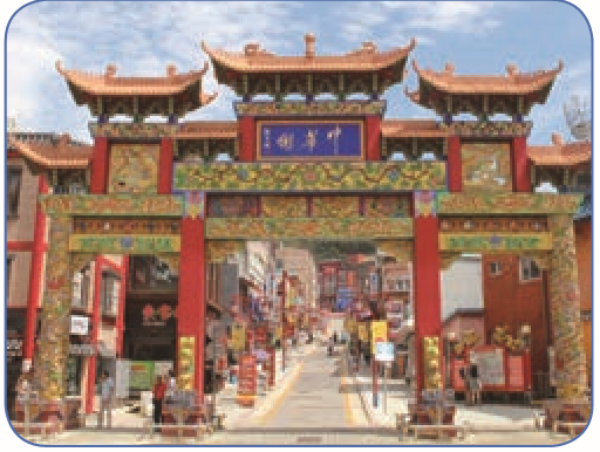
China Town is a place that has retained the culture and customs of the Chinese for over 120 years. It was formed when the Qing dynasty exerted extraterritorial control over Jemulpo, a small area in Incheon. It has an important difference from the China Towns in the US and many other countries in Europe in that it was made by force. Additionally, since the Qing dynasty, mainly composed of Manchurians, controlled the whole China when the port of Joseon was opened, the culture of the Qing dynasty is dominant in this area rather than that of Hans who form the most part of China nowadays. Currently, China Town has become a special sightseeing spot in Incheon as the local government designated it as a special tourist zone.
Jjajangmyeon Museum is also a great place to look for the traces of Chinese in Incheon. It is a museum built to illuminate the history and cultural value of Korean-style jjajangmyeon. Korean-style jjajangmyeon was made in the first Korean jjajangmyeon restaurant, Gonghwachun, by the Chinese workers who were working at the port. As it closed in 1983, it was reconstructed as a museum. In the museum, visitors can see the history of the Chinese, the progress of Chinese traditional food Zha jiang mian changing into Korean jjajangmyeon, and reproduced miniatures of chefs working in the kitchen of Gonghwachun.

Passing by the Jjajangmyeon museum and the mural of Romance of the Three Kingdoms, there is a staircase which divides the Japanese and Chinese concession. Since it has remained intact until now, it is easy to find traditional Chinese buildings on the left side of the stairs and a Japanese building on the right side of it.
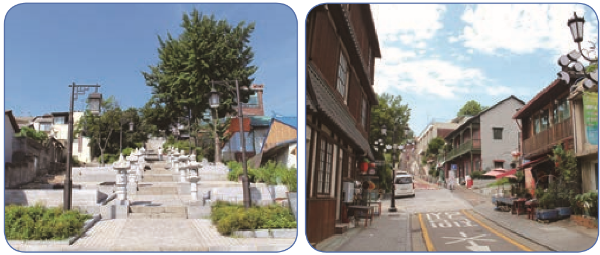
Japan - Incheon Open Port Museum and Incheon Open Port Modern Architecture Museum
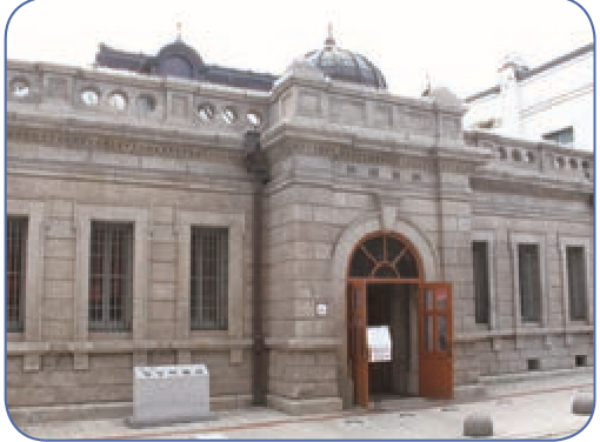
Incheon Open Port Museum mainly shows modern facilities such as the railroad and postal service that were first introduced to Joseon through Incheon. Additionally, it also has historical meaning because the building of the museum was the Incheon branch of Japanese Bank No. 1 that existed during the Japanese colonial period. Starting from this bank, banks of many other countries were established in this area for the convenience of foreigners, and thus the bank block was formed in Incheon.
Just a minute away from here, there is another museum that shows the modern architecture of Incheon. It is called the Incheon Open Port Modern Architecture Museum. The museum was remodeled from the building of the former Incheon Branch of the Japanese Bank No. 18. This bank was also responsible for lending money by taking freight, money, and rice as security. This loan service severely exploited Joseon citizens since they paid back a two to three times higher interest rate than the Japanese. The museum exhibits the early modern architecture of Korea, the appearance of each concession, and the miniatures of important architectural structures of each country. It is a good chance to see the changes of Incheon over the past 100 years and the coexistence of architecture from various countries.
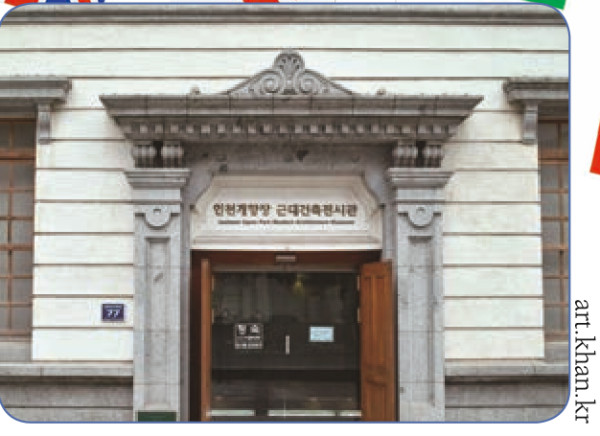
Western Countries - Jemulpo Club
When going up the staircase that divides the Chinese and Japanese concessions, there is a place where the traces of western people who lived in Incheon can be found. It is the Jemulpo Club, a ballroom which was made to promote the friendship of westerners living in Incheon in the early 1900s. The room was equipped with various facilities such as private rooms, a library, a billiard room, and restaurants. Furthermore, a tennis court was installed outside the building. It was open until 1914, when concessions of various countries were abolished by Japanese Imperialism. Currently, the culture and heritages of the former members of the club, including the US, the United Kingdom (UK), Germany, France, and Russia, are exhibited in turn.
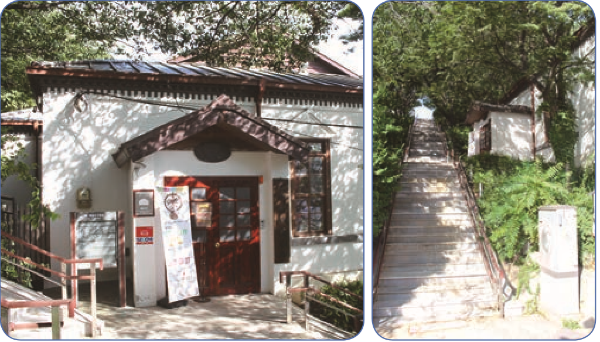
These remaining five traces of foreigners in Incheon briefly show the progress of the Joseon dynasty’s change into the Republic of Korea with the introduction of the modern cultures of foreign countries. Although the change was introduced by force, it can also be said that this change allowed Korea to easily settle into a globalized world. The SKT, therefore, hopes that Kingos will value history and go out into the globalized world.
